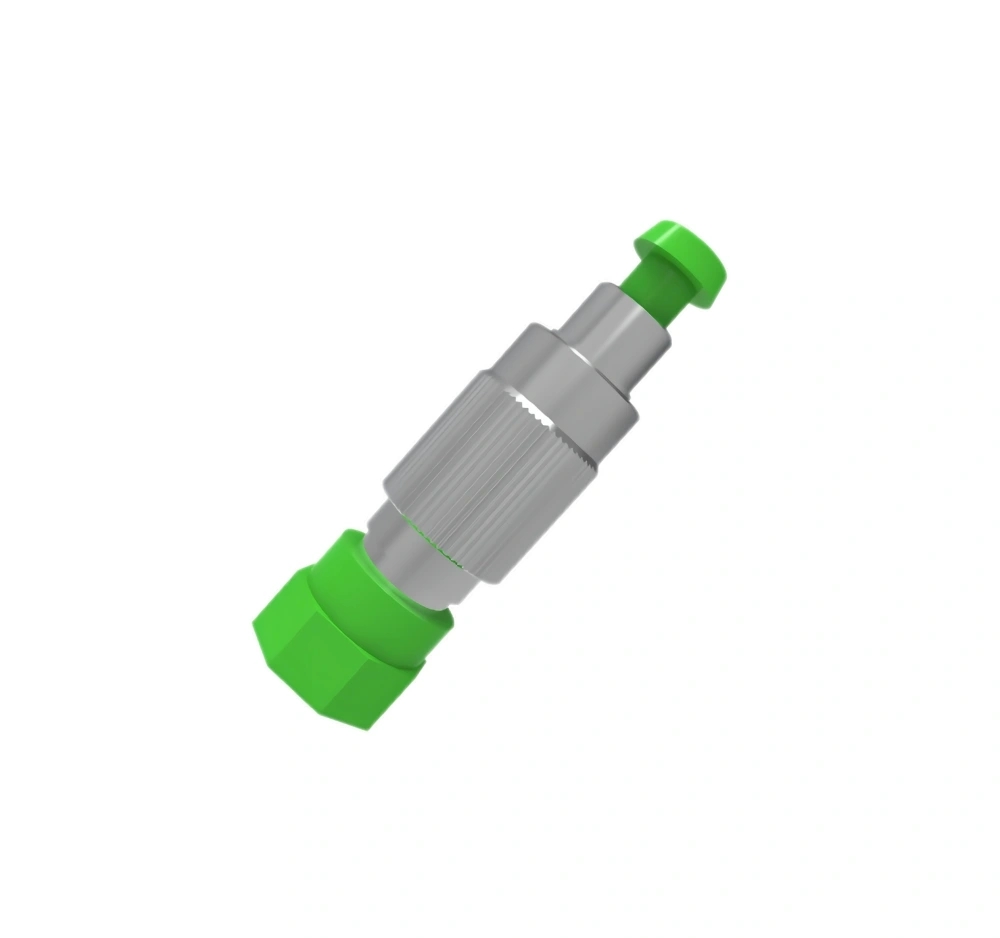
As high-speed data transmission becomes increasingly important in various industries, fiber optic connectors have emerged as a critical component in communication networks. These connectors facilitate the connection and disconnection of optical fibers, ensuring efficient and reliable data transmission. To ensure compatibility and interoperability among different systems, standard specifications for fiber optic connectors have been established. In this article, we will delve into these specifications, exploring their significance and different types.
Types of Fiber Optic Connectors
Before discussing the standard specifications, it is essential to understand the different types of fiber optic connectors available in the market. Here are some of the most commonly used connectors:
1. SC Connector (Subscriber Connector)
The SC connector features a square-shaped push-pull mechanism that provides a secure and quick connection. This connector is popular in telecommunications applications and is known for its excellent durability and low insertion loss.
2. LC Connector (Lucent Connector)
The LC connector is widely used in data centers due to its small form factor. It features a push-pull latching mechanism and offers high-density connectivity. The LC connector is known for its excellent performance and reliable connection.
3. ST Connector (Straight Tip)
The ST connector was one of the earliest fiber optic connectors and is commonly used in local area networks (LANs). It features a bayonet-style connection and is renowned for its robustness and ease of use.
Standard Specifications for Fiber Optic Connectors
To ensure compatibility and reliable performance, fiber optic connectors are manufactured based on certain standard specifications. Here are the key specifications to consider:
1. Insertion Loss
Insertion loss measures the amount of light loss that results from the connection of two fiber optic connectors. It is typically expressed in decibels (dB), and lower values indicate better performance. Standard specifications define the maximum allowable insertion loss for different connector types.
2. Return Loss
Return loss, also known as reflectance, measures the amount of reflected light back to the source of the signal. It is crucial to minimize return loss as it can cause signal degradation. Standard specifications specify the minimum requirement for return loss, ensuring optimal signal transmission.
3. Durability
Durability refers to the ability of a connector to withstand repeated connect and disconnect cycles without compromising its performance. Standard specifications outline the number of cycles a connector should withstand without any significant changes in its performance.
4. Temperature Range
Fiber optic connectors operate in various environmental conditions, including extreme temperatures. Standard specifications define the temperature range within which a connector should function reliably, ensuring its suitability for different applications.
Conclusion
Fiber optic connectors play a vital role in establishing seamless and efficient communication networks. By adhering to standard specifications, manufacturers can ensure compatibility, reliability, and optimal performance of their connectors. Understanding the different types of connectors and their corresponding specifications is crucial when selecting the most suitable connector for a specific application. With the continuous advancement of technology, adherence to standard specifications remains essential to support the evolving demands of high-speed data transmission.



